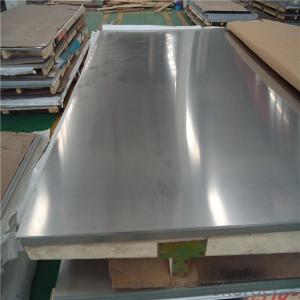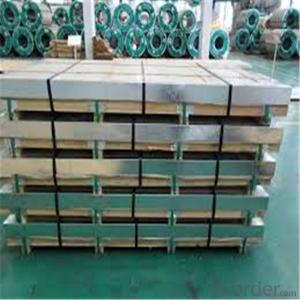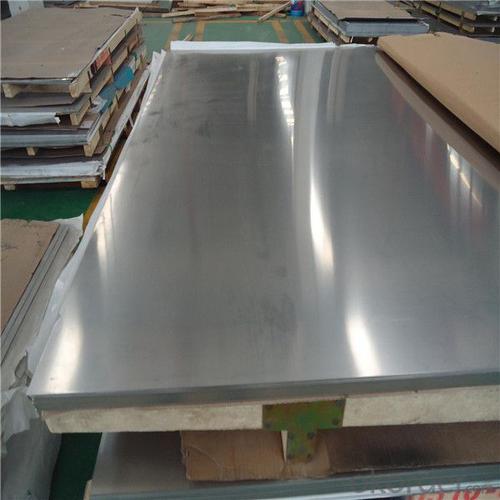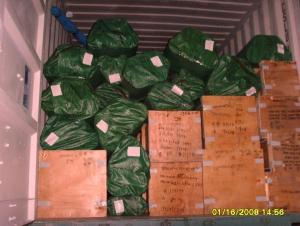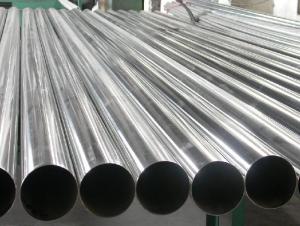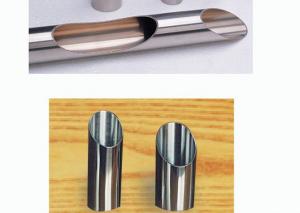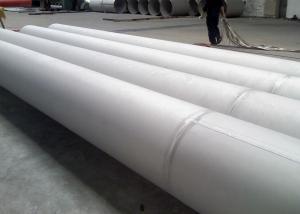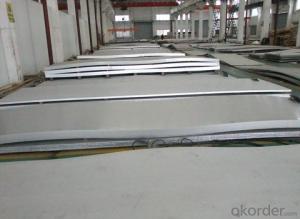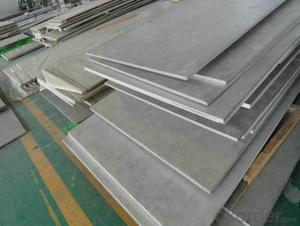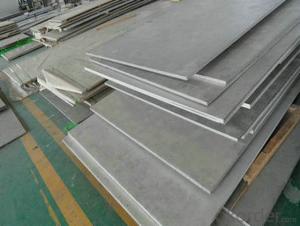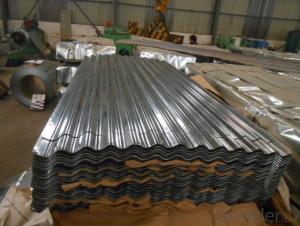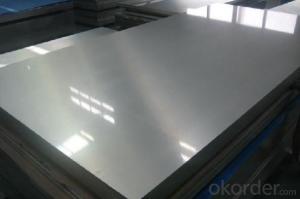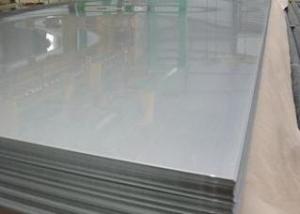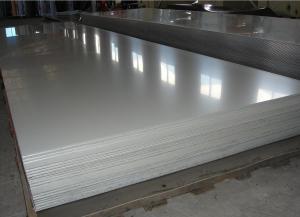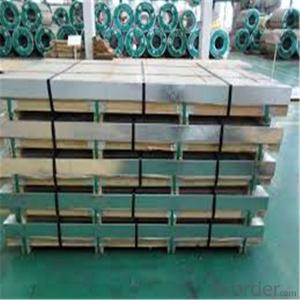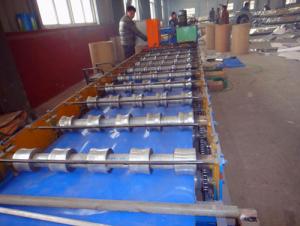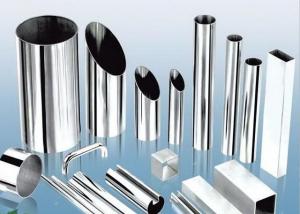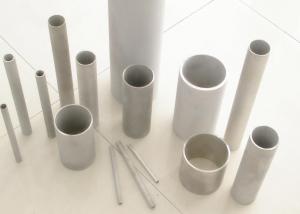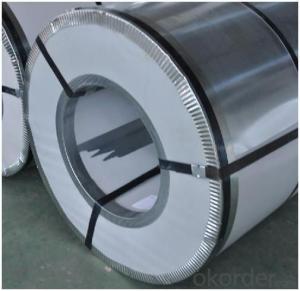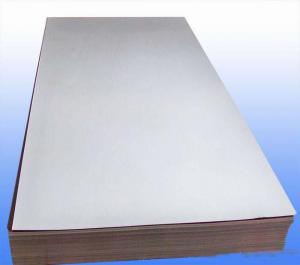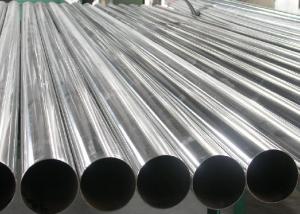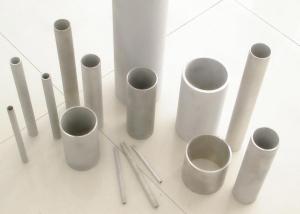410 430 Color Coating Stainless Steel Sheet
- Loading Port:
- Shanghai
- Payment Terms:
- TT OR LC
- Min Order Qty:
- 1 m.t.
- Supply Capability:
- 5000 m.t./month
OKorder Service Pledge
OKorder Financial Service
You Might Also Like
Specification
410 430 Color Coating Stainless Steel Sheet
OUR STRENGTH
MANUFACTURER
SPECIALIZING IN PROCESSING 400 SERIES STAINLESS STEEL
WELL-TRAINED AND EXPERIENCED STAFFS
ABLE TO ANSWER ALL YOUR ENQUIRIES IN FLUENT ENGLISH.
SPANISH ENQUIRIES CAN BE WELL UNDESTAND AND REPLIED.
SPECIFICATIONS ( 410 430 Color Coating Stainless Steel Sheet )
Material | Ferrite stainless steel, magnetic. |
Standard | AISI, ASTM, EN, GB, DIN, JIS |
Grade | 409 / 410 / 430 |
Technology | Cold Rolled |
Form | Strips / Coils |
Thickness | 0.17mm - 2.0mm (tolerances ±0.02mm) |
Width | 10.0mm - 850mm (tolerances ±6.00mm) |
Coil ID | Φ500mm-600mm |
Coil OD | Φ2100mm max. |
The sizes or thicknesses of stainless steel coil can be customized, if you need additional information, please don’t hesitate to contact us at any time. | |
CHEMICAL COMPOPSITION ( 410 430 Color Coating Stainless Steel Sheet )
GRADE | C | Mn | Si | P | S | Cr | Mo | Ni | N | |
410 | min. | - | - | - | - | - | 11.50 | - | 0.75 | - |
max. | 0.15 | 1.00 | 1.00 | 0.04 | 0.03 | 13.50 | ||||
430 | min. | - | - | - | - | - | 16.00 | - | - | - |
max. | 0.12 | 1.00 | 1.00 | 0.04 | 0.03 | 18.00 | 0.75 | |||

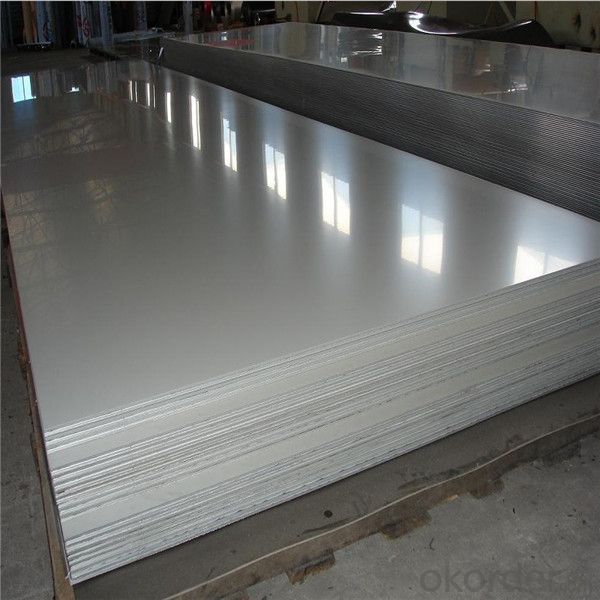
SERVICE ( 410 430 Color Coating Stainless Steel Sheet )
Processing | Pickling / Straighten / Flatten / Leveling |
Form | Rolling Coils / Cutting Sheets / Stamping Circles |
Edge | Mill Edge / Slitting edge |
Annealed | Full hardness to Deep drawing quality (DDQ) |
Surface | BA - processed with bright heat treatment after cold rolling. |
2B - after cold rolling, by heat treatment, pickling or other equivalent treatment and lastly by cold rolling to given appropriate luster. | |
2D – matt finish, best choice for deep drawing | |
Protection | 1. Inter paper available |
2. PVC protecting film available | |
All standard products are supplied without inter paper & PVC film. If needed, please inform. | |
- Q: What are the different types of stainless steel sheet surface coatings for outdoor applications?
- There are several different types of stainless steel sheet surface coatings that are commonly used for outdoor applications. These coatings are designed to enhance the durability and corrosion resistance of the stainless steel, making it suitable for use in harsh outdoor environments. One of the most common coatings used for outdoor applications is a powder coating. Powder coating is a process in which a dry powder is applied to the stainless steel surface and then cured under heat to form a protective layer. This coating provides excellent resistance to corrosion, UV rays, and chemicals, making it ideal for outdoor use. It also offers a wide range of color options, allowing for customization and aesthetic appeal. Another type of coating commonly used for outdoor applications is a PVD (Physical Vapor Deposition) coating. This process involves the deposition of a thin film of material onto the stainless steel surface through a vacuum chamber. PVD coatings provide excellent adhesion, wear resistance, and corrosion resistance, making them suitable for outdoor applications. They also offer a variety of decorative finishes, such as gold, bronze, or black, which can enhance the appearance of the stainless steel. Additionally, stainless steel can be coated with a ceramic coating for outdoor use. Ceramic coatings are typically applied through a high-temperature spray process, which forms a hard, protective layer on the stainless steel surface. These coatings offer superior resistance to abrasion, chemicals, and UV rays, making them ideal for outdoor applications that require high durability. In summary, the different types of stainless steel sheet surface coatings for outdoor applications include powder coating, PVD coatings, and ceramic coatings. Each of these coatings provides unique benefits in terms of corrosion resistance, durability, and aesthetic appeal, allowing for the use of stainless steel in a wide range of outdoor environments.
- Q: How do I prevent intergranular corrosion on stainless steel sheets?
- To prevent intergranular corrosion on stainless steel sheets, there are several steps that can be taken: 1. Opt for the appropriate stainless steel grade: Choose stainless steel grades that are specifically designed to resist intergranular corrosion, such as 304L, 316L, or 321. These grades have a lower carbon content, which minimizes the formation of chromium carbides at grain boundaries. 2. Apply heat treatment: After fabrication or welding, subject the stainless steel sheets to a solution annealing or post-weld heat treatment process. This treatment eliminates any chromium carbides that may have formed during welding or high-temperature processing, effectively preventing intergranular corrosion. 3. Avoid high temperature exposure: It is crucial to avoid subjecting stainless steel sheets to temperatures between 450 to 850 degrees Celsius (842 to 1562 degrees Fahrenheit) for extended periods. Prolonged exposure to such temperatures can lead to the formation of chromium carbides at the grain boundaries, rendering the stainless steel susceptible to intergranular corrosion. 4. Utilize proper welding techniques: When welding stainless steel sheets, it is important to employ low heat input and minimize the duration of exposure to high temperatures. These measures help reduce the formation of chromium carbides and preserve the corrosion resistance of the stainless steel. 5. Employ pickling and passivation: After fabrication or welding, ensure that the stainless steel sheets undergo thorough pickling and passivation. Pickling removes any surface contaminants, while passivation forms a protective oxide layer that prevents intergranular corrosion. 6. Regularly maintain and clean: To prevent potential corrosion, it is essential to keep the stainless steel sheets clean and free from contaminants. Regularly clean the surfaces using mild detergents and avoid the use of harsh chemicals or abrasive materials that may damage the protective oxide layer. By following these preventative measures, the risk of intergranular corrosion on stainless steel sheets can be significantly reduced, allowing for the preservation of their corrosion resistance properties and an extended lifespan.
- Q: What are the different edge finishes available for stainless steel sheets?
- For stainless steel sheets, there are multiple edge finishes available, each with its own distinct characteristics and applications. 1. The mill edge is the original edge produced during the rolling process at the mill. It has a slightly rough appearance and may contain mill scale or imperfections. This edge is suitable for industrial or structural use, where aesthetics are not a primary concern. 2. The sheared edge is obtained by cutting or shearing the stainless steel sheet to size. It has a clean-cut, straight appearance and is commonly used in applications where a smooth edge is desired, such as architectural or decorative purposes. 3. After the shearing process, the edges of the stainless steel sheet can be deburred to remove any sharp or rough edges. This creates a smooth and safe edge, making it suitable for applications where safety is a concern, such as food processing or medical equipment. 4. The rolled edge is achieved by rolling the stainless steel sheet, resulting in a rounded or curved edge. This edge finish is often used in applications where safety is important, as it eliminates sharp corners and edges, reducing the risk of injury. 5. A beveled edge is created by cutting or grinding an angle onto the edge of the stainless steel sheet. This edge finish is commonly used in architectural or decorative applications, as it provides a stylish and visually appealing appearance. 6. The polished edge involves polishing the edge of the stainless steel sheet to create a smooth and reflective surface. Polished edges are often used in high-end architectural or decorative applications, as they enhance the overall aesthetic appeal of the stainless steel sheet. When choosing the appropriate edge finish for your application, it is essential to consider factors such as aesthetics, functionality, and safety.
- Q: Can stainless steel sheets be used for furniture or fixtures?
- Yes, stainless steel sheets can be used for furniture or fixtures. Stainless steel is a durable and versatile material that is resistant to corrosion, making it an excellent choice for furniture and fixtures that are exposed to moisture or high humidity. It can be used for a variety of applications such as tabletops, countertops, shelves, cabinets, and even decorative accents. Stainless steel sheets can be easily fabricated into different shapes and sizes, allowing for customization to suit specific design requirements. Additionally, stainless steel has a modern and sleek appearance, making it a popular choice for contemporary and industrial-style furniture and fixtures.
- Q: Are stainless steel sheets resistant to scaling?
- Stainless steel sheets possess resistance against scaling. Scaling is the result of oxide layer formation on a material's surface when subjected to elevated temperatures. Stainless steel comprises a significant amount of chromium, which generates a protective chromium oxide layer when exposed to oxygen. This oxide layer acts as a barrier, halting any further oxidation or scaling of the stainless steel. In addition, the inclusion of alloying elements like nickel and molybdenum further strengthens the scaling resistance of stainless steel sheets. Consequently, stainless steel sheets exhibit a high degree of scaling resistance, rendering them suitable for utilization in high-temperature surroundings.
- Q: Are stainless steel sheets resistant to pitting and crevice corrosion?
- Stainless steel sheets are resistant to pitting and crevice corrosion in general. The high corrosion resistance of stainless steel is attributed to its chromium content, which creates a protective oxide layer on the surface of the material. This oxide layer acts as a barrier against corrosive substances that could lead to pitting and crevice corrosion. However, it is important to note that the resistance to these types of corrosion can vary depending on the grade of stainless steel and the environmental conditions it is exposed to. Certain grades like 316 or 317 offer enhanced resistance. Moreover, aggressive environments with high chloride concentrations or acidic conditions can still pose a risk, requiring the use of more corrosion-resistant grades or additional protective measures. In conclusion, while stainless steel sheets are highly resistant to pitting and crevice corrosion, the specific grade and environmental factors should be taken into account for optimal performance.
- Q: Are stainless steel sheets available in different colors?
- Yes, stainless steel sheets are available in different colors.
- Q: 304 stainless steel plate 1*1219*C what do you mean?
- Roll thickness 1 mm, width 1219 mm, length is unlimited (depending on volume weight). 304 stainless steel is a kind of the most commonly used, law-abiding.
- Q: What is the maximum length of a stainless steel sheet?
- The maximum length of a stainless steel sheet can vary depending on several factors, including the manufacturing capabilities, supplier limitations, and transportation constraints. In general, stainless steel sheets can be produced in lengths ranging from a few feet to several hundred feet. However, it is important to note that longer lengths may be more difficult to handle and transport, which could impact availability and cost. Additionally, custom orders or specialized applications may allow for even longer stainless steel sheets. Therefore, it is best to consult with manufacturers or suppliers to determine the specific maximum length options available for stainless steel sheets.
- Q: Can stainless steel sheets be used for water tanks or storage containers?
- Yes, stainless steel sheets can be used for water tanks or storage containers. Stainless steel is known for its durability, corrosion resistance, and hygienic properties, making it an excellent choice for storing water or other liquids. It is commonly used in various industries, including food and beverage, pharmaceuticals, and chemical storage, due to its ability to maintain the quality and purity of the stored substances.
Send your message to us
410 430 Color Coating Stainless Steel Sheet
- Loading Port:
- Shanghai
- Payment Terms:
- TT OR LC
- Min Order Qty:
- 1 m.t.
- Supply Capability:
- 5000 m.t./month
OKorder Service Pledge
OKorder Financial Service
Similar products
Hot products
Hot Searches
Related keywords
